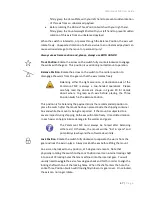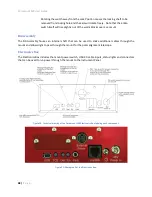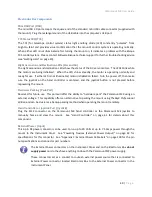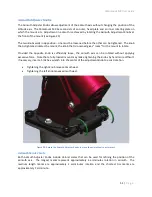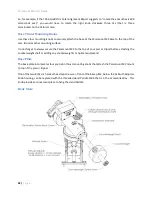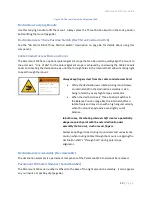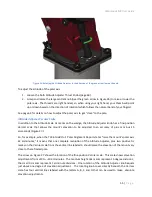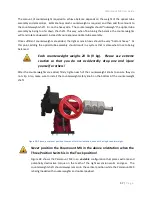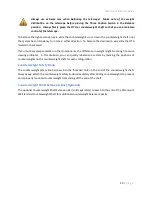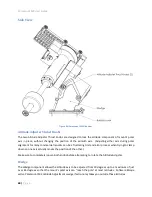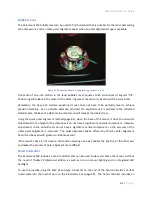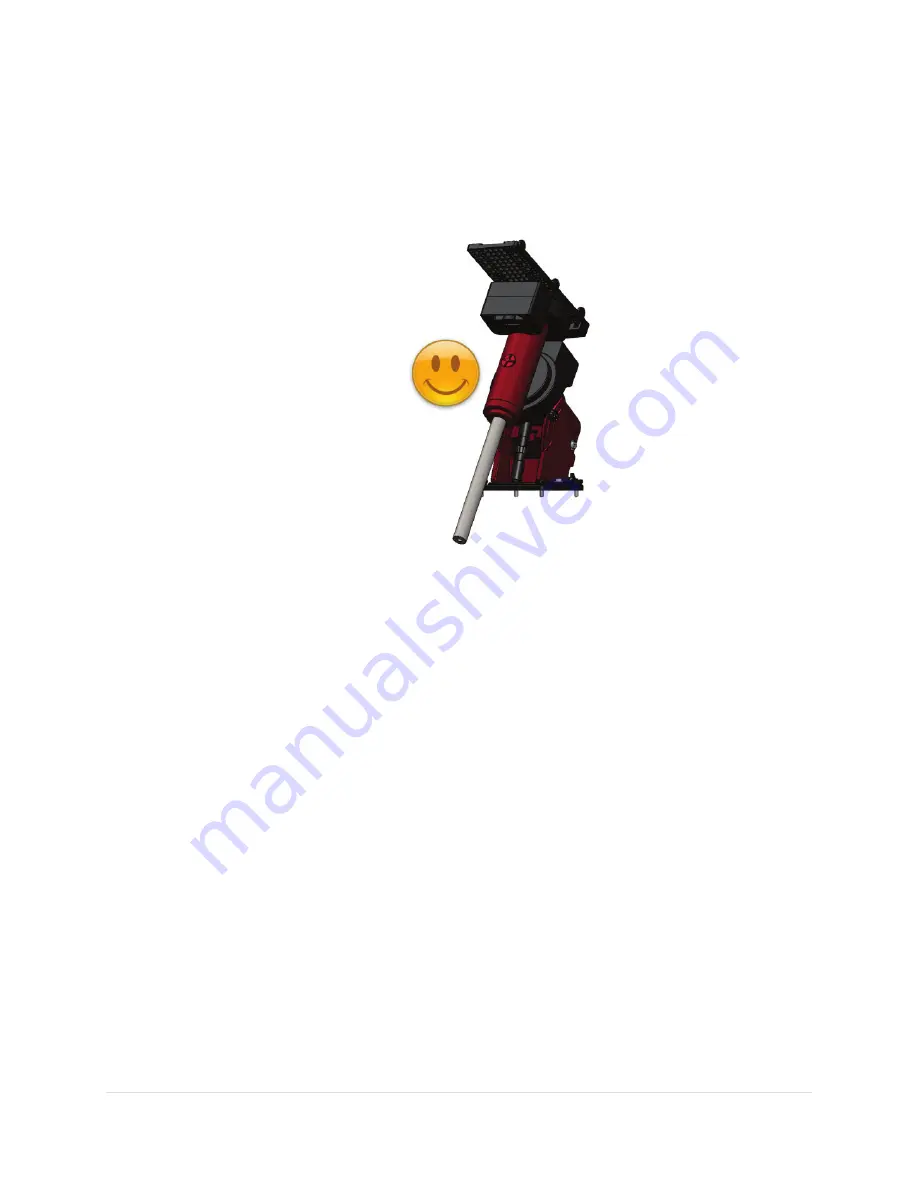
Paramount MX User Guide
58 |
P a g e
If you must orient the mount’s payload in a severely out of balance position, place the Three
Position Switch in the Lock position first (page 46). Even when the Three Position Switch is
in the Lock position, the excessive imbalance demonstrated above could bend, mar or
otherwise damage the shaft that locks the axis in place. Please do not abuse your precision
mount in this manner.
Figure 29: The Paramount MX in its happy place.
Payload Imbalance Cause and Effect
When the counterweight shaft is oriented “non-vertically”
and
one or more counterweights are on the
counterweight shaft
and
the right ascension Three Position Switch is in the Track position, the extreme
lateral force placed on the right ascension worm and gear will cause the worm to separate from the
gear. The right ascension axis will then freely rotate to a “balance” position, and you will hear a
chattering noise caused by the teeth of the precision gear bouncing past the teeth of the precision worm
gear.
Despite the gut wrenching feeling this sound brings on, damage to the worm and gear is usually
minimal. The recommended procedure is to exercise the mount (page 105) and please try not to make
this a habit.
Balancing the Payload
After attaching the counterweights, mount your CCD camera and all other equipment (focuser, filter
wheel, field rotator, dew heater, etc.) to the Versa-Plate, then begin balancing each axis. The
Paramount MX operates best when the payload is properly balanced. An unbalanced payload can cause
numerous problems, such as stalling or “gear chattering” during slews. There is no clutching mechanism
on the Paramount ME. To achieve balance, disengage the worm from the gear in each axis, and then
adjust the position of the counterweights on the counterweight shaft.




